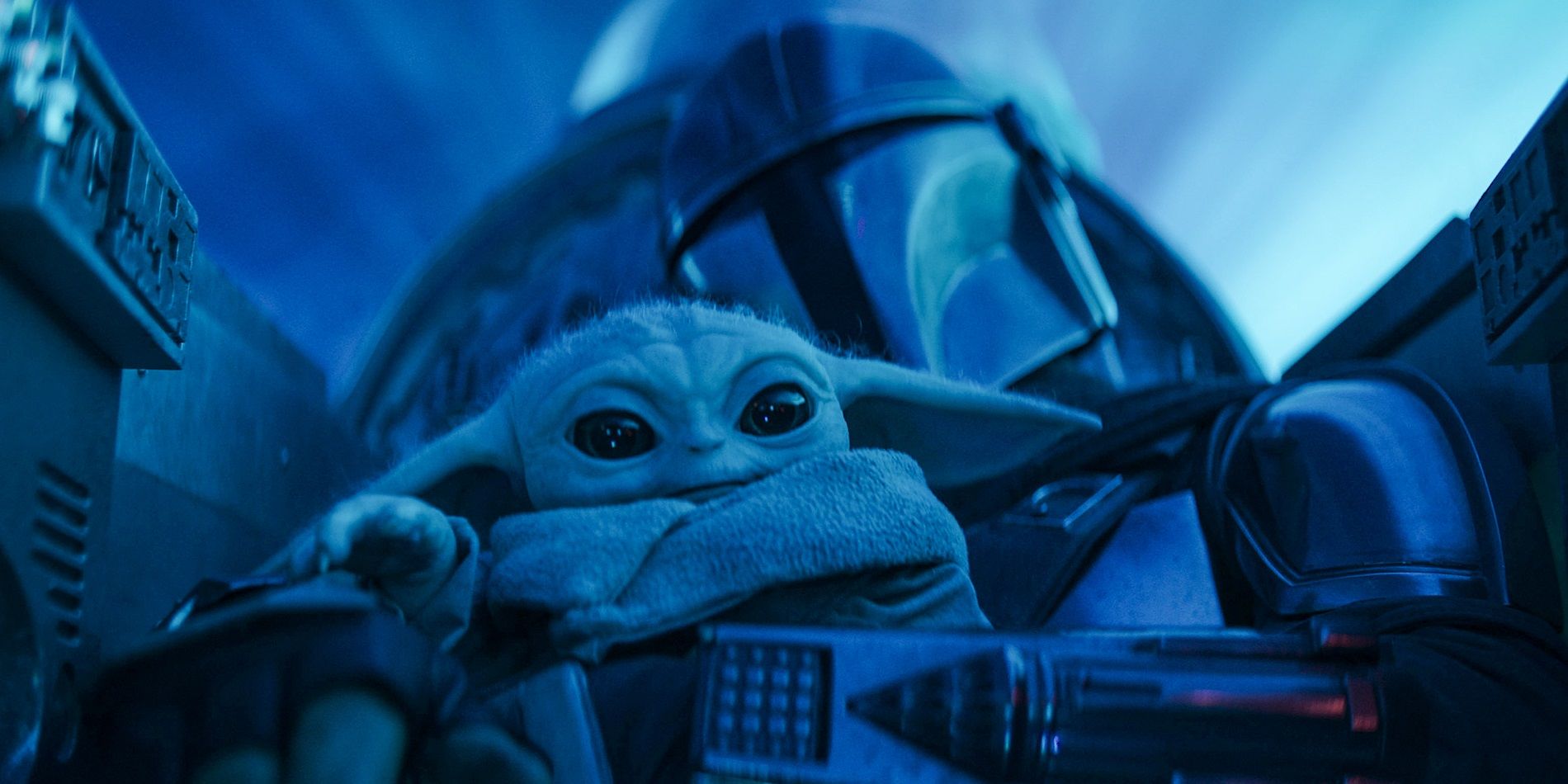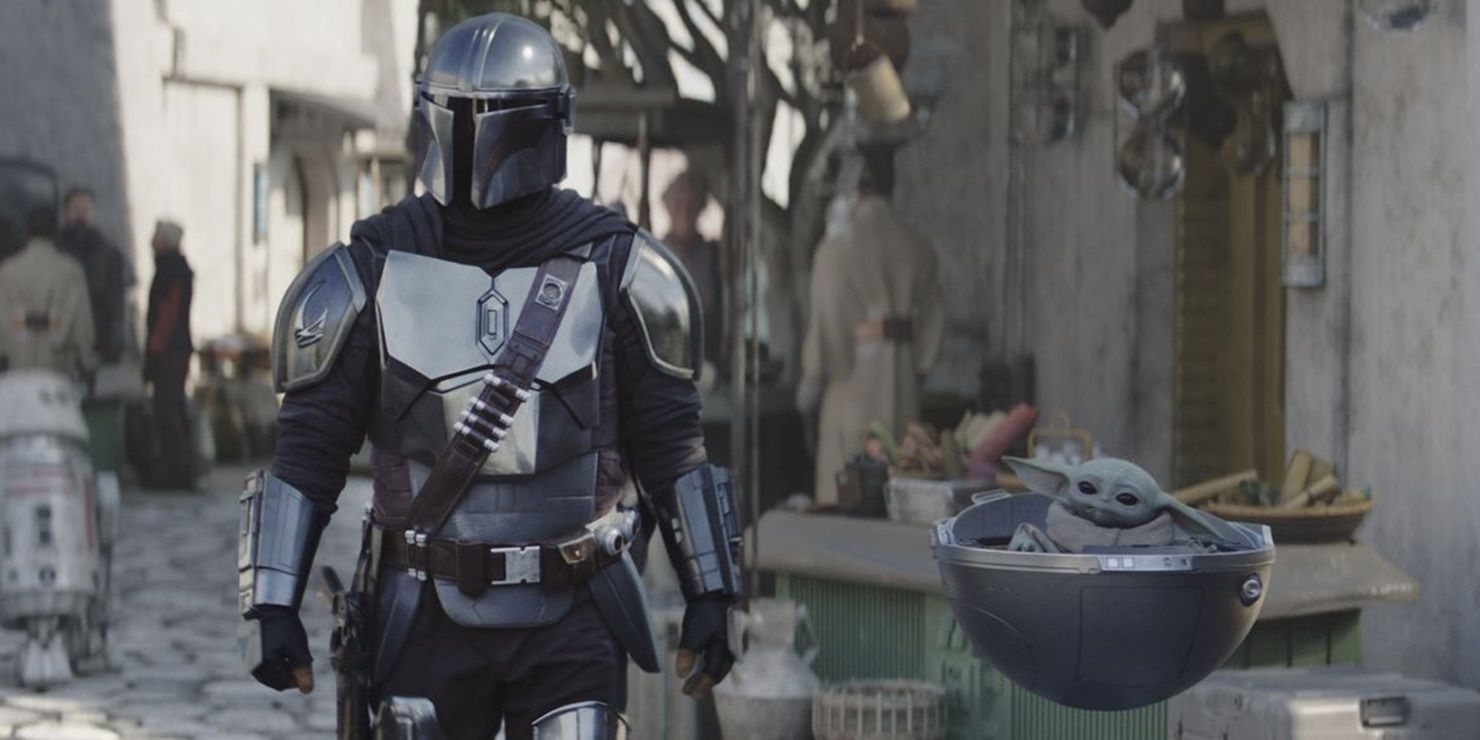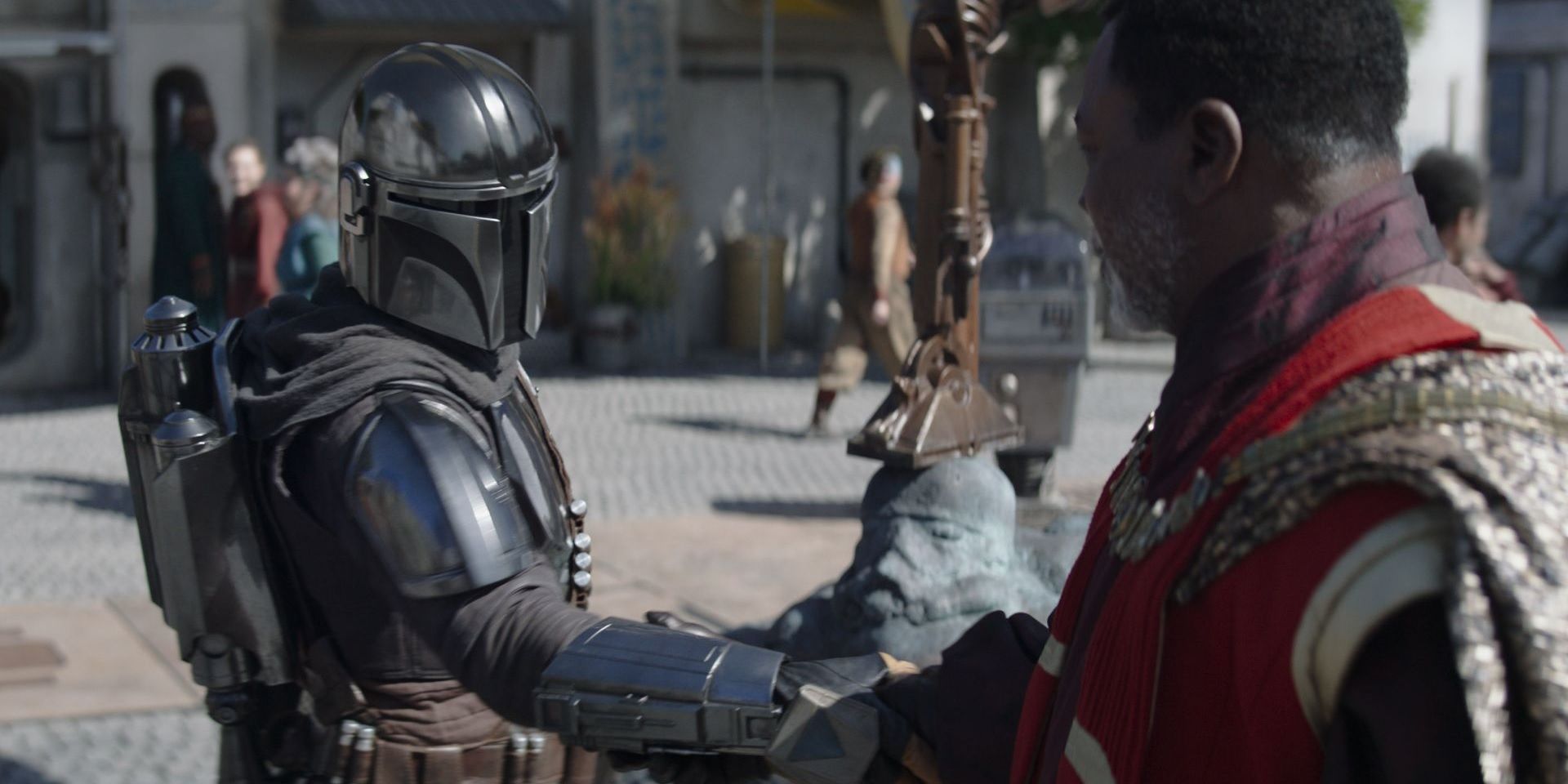Warning: This review contains spoilers for The Mandalorian’s season 3 premiere.
More than two years after new episodes of The Mandalorian aired (not counting the backdoor Mandalorian episodes in The Book of Boba Fett), the beloved Star Wars series is back on Disney+ for season 3. “Chapter 17: The Apostate” catches up with Mando and Grogu after the events of The Book of Boba Fett. Din Djarin is “a Mandalorian no more,” but he’s eager to redeem himself and become a Mandalorian once again. The premiere episode sets up The Mandalorian’s third season to revolve around Mando’s quest to return to Mandalore, “bathe in the living waters,” and have his transgressions against the creed forgiven by the Armorer.
Written by series creator Jon Favreau, The Mandalorian’s third-season premiere keeps up the show’s pesky tradition of delaying the main storyline with side quests. Within its first couple of scenes, the season 3 premiere sets up Mando’s quest to return to Mandalore to reinstate himself as a Mandalorian. But before he can go to Mandalore, he needs to rebuild IG-11 to help him explore it. And before he can rebuild IG-11, he needs to find a new memory circuit. The Mandalorian is never in a hurry to advance its plot and bring the characters closer to achieving their goals. But it’s not a goal-oriented narrative; the heart of the show is the surrogate father-son dynamic shared by its two leads.
The season 3 premiere is helmed by a returning Rick Famuyiwa. Famuyiwa was the perfect director to restore the status quo. He established Mando and Grogu’s relationship in his first Mandalorian episode, “Chapter 2: The Child,” forging a bond that every subsequent episode would try to recapture. So, Famuyiwa was the ideal choice to bring that dynamic back together after a brief hiatus. His razor-sharp direction of “The Apostate” brings a few inventive shots to the table. One frame is locked onto a Mandalorian’s helmet, looking down, as they jet off into the sky. As Mando arrives on Nevarro, the landscape is distorted through the curved glass of his N-1 starfighter cockpit.
The episode has some spectacular action sequences and wastes no time getting to them. It opens with a big cinematic set-piece to get the proceedings off to an exhilarating start: a Mandalorian ceremony is interrupted by a giant, bloodthirsty alligator. Famuyiwa pays homage to the series’ western influences with a thrilling pistol duel between Greef Karga and a notorious pirate. The director uses the Sergio Leone technique of cutting to tighter and tighter close-ups in the build-up to the draw. There’s also an unnerving sequence in which the top half of IG-11 drags itself across the floor to kill Grogu while Mando desperately fends it off. This might not have been a stop-motion effect – it was probably achieved using less complicated and time-consuming CGI methods – but the droid’s jumpy, jittery motions have the same creepy quality that made the T-800’s similar attack so unsettling in the first Terminator movie.
The climactic action of “The Apostate” is a starship chase through an asteroid field with some pirates relentlessly pursuing Mando’s starfighter. This is a really fun scene, but it’s over much too quickly. After taking out the pirate’s cronies, Mando runs into the mothership with cannons locked on him, which seems to set up an explosive payoff. But all he has to do to escape the target lock and leave the pirate captain with mudhorn egg on his face is turn on his thrusters and disappear into the distance. Then the episode just cuts to the next scene as Mando arrives at a Mandalorian castle unscathed. Surely audiences haven’t seen the last of this band of pirates, but they could’ve posed more of a threat in their action-packed introduction.
It’s a delight to see Carl Weathers back as Karga, but the character is mostly used for ham-fisted exposition to explain off-screen story events and behind-the-scenes drama. Karga says that Cara Dune has been recruited by special forces, but the audience knows Gina Carano was fired for controversial social media posts. Karga’s confusion as to why the Mandalorian is still traveling with Grogu reflects the confusion of viewers who didn’t catch The Book of Boba Fett and therefore didn’t see how quickly the bombshell ending of The Mandalorian’s season 2 finale was reversed.
It’s great to hear Ludwig Göransson’s iconic musical themes again, but he’s no longer solely in charge of the show’s music. Scoring responsibilities have been taken over by The Book of Boba Fett composer Joseph Shirley. Shirley provides more traditional action-adventure music, particularly when Mando travels to Nevarro. Göransson’s subversive style is sorely missed. He evolved the music of Star Wars from the legendary John Williams’ early work by embracing digital technologies, distorting familiar musical motifs, and pairing gritty action with a grittier sound. Shirley’s music ably carries the season 3 premiere, but he doesn’t incorporate different genres or put his own unique artistic stamp on the series like Göransson did.
All in all, “The Apostate” is a welcome return to this fan-favorite duo and their adventures in the uncharted corners of a galaxy far, far away. The premiere doesn’t live up to the mind-blowing season 2 finale, but season 3 is off to a promising start and it could be building to something just as spectacular. It introduces the ideological tug-o’-war between the Armorer and Bo-Katan, with Mando stuck in the middle, and sets up an exciting new side villain with the vengeful pirates. For Star Wars fans excited about a new season of The Mandalorian, this is the way.



